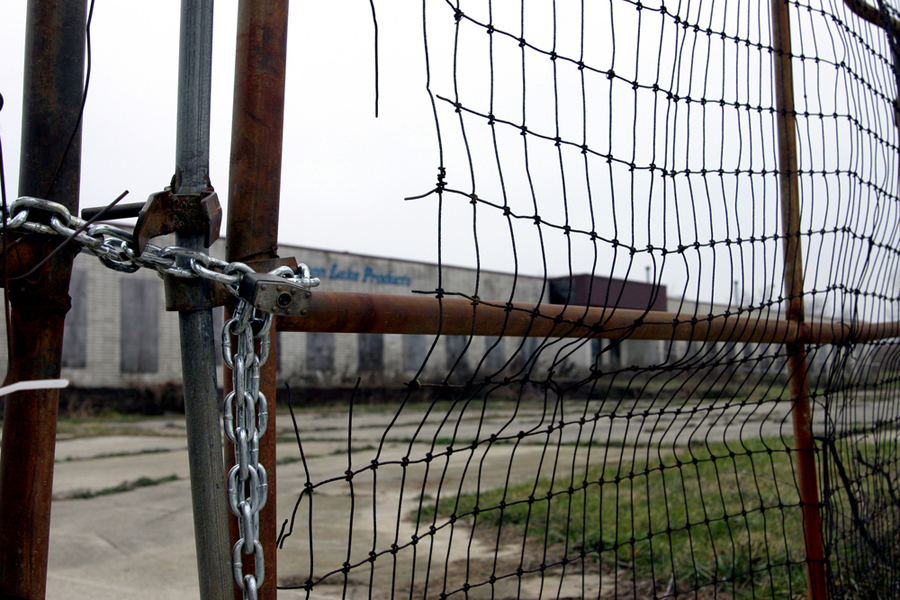
After a ruling by the World Trade Organization, China got rid of its system of rare earth export quotas.
The scrapping of tariffs followed and resulted in soaring exports from the country which last year produced 84% of total world rare earths output of 124,000 tonnes.
Oxide shipments have more than doubled for the first quarter of the year at 11,956 tonnes. March was the second best month on record. That was despite expectations that exports were expected to drop off dramatically in 2016 after December when cargoes hit a record high of nearly 5,000 tonnes as users built up inventories ahead of the Chinese new year.
Exports of dysprosium (a hybrid-vehicle ingredient which is also used in making laser materials) surged five-fold while neodymium (used for permanent magnets in everything from smart phones to anti-lock brakes) shipments jumped more than 300%.
The uptick hasn’t convinced many players in the industry – nearly one in four see prices weaken or stagnate over the rest of 2016
China’s continued dominance of the rare earth market (its downstream industry also consumes more than 60% of global output) is making life difficult for mining and processing companies outside the country.
According to a new industry survey conducted by data provider Argus Media, 65% of respondents believe China’s dominance in production – both legal and illicit – is the number one challenge in the industry.
Asked how their business are responding to the persistent weakness in pricing, 13.6% of respondents said they are reconfiguring to other metals. An additional 7.6% said they are halting or reducing rare earth production. The biggest group said expanding sales into new markets and increasing efficiency is how they are coping with the low price environment while 16.7% are seeking cash injection.
The price index for the 17 elements compiled by China’s Rare Earth Industry Association has recovered somewhat from six-year lows hit in September. At 121.4 on Wednesday, it’s up 12% since then.
The uptick hasn’t convinced many players in the industry – nearly one in four see prices weaken or stagnate over the rest of 2016 according to the Argus survey.